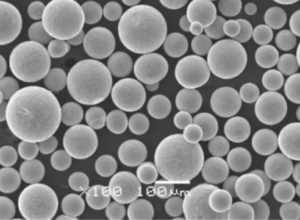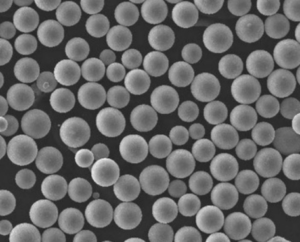Büyüleyici dünyasına hoş geldiniz toz yapma eki̇pmani teknoloji̇si̇! Bu ayrıntılı kılavuz, belirli metal tozu modellerinden uygulamalarına, bileşimlerine ve çok daha fazlasına kadar her şeye değinerek, bu gelişmiş alanın tüm inceliklerini size gösterecektir. İster deneyimli bir profesyonel ister meraklı bir yeni başlayan olun, bu kılavuzda herkes için bir şeyler var.
Toz Yapma Ekipmanı Teknolojisine Genel Bakış
Toz üretim ekipmanı teknolojisi, havacılıktan eczacılığa kadar birçok endüstrinin temel taşıdır. Bu teknoloji, atomizasyon, kimyasal işlemler ve mekanik araçlar gibi çeşitli yöntemlerle ince metal veya diğer malzeme parçacıklarının üretilmesini içerir. Elde edilen tozlar 3D baskı, kaplamalar ve metalürji dahil olmak üzere çeşitli uygulamalarda kullanılır.
Toz Üretim Ekipmanı Teknolojisinin Temel Bileşenleri
- Atomizasyon Ekipmanları: Erimiş metali ince damlacıklar halinde dağıtmak için gaz veya su kullanır ve bunlar daha sonra katılaşarak toz haline gelir.
- Mekanik Alaşımlama: Düzgün bir karışım oluşturmak için metal tozlarının birlikte öğütülmesini içerir.
- Kimyasal Süreçler: Toz üretmek için indirgeme, elektroliz veya çökeltme gibi yöntemler.
- Sınıflandırma ve Eleme Makineleri: Tozların tek tip boyutta ve kalitede olmasını sağlayın.
- Isıl İşlem Fırınları: Özelliklerini geliştirmek için tozları tavlamak ve sinterlemek için kullanılır.
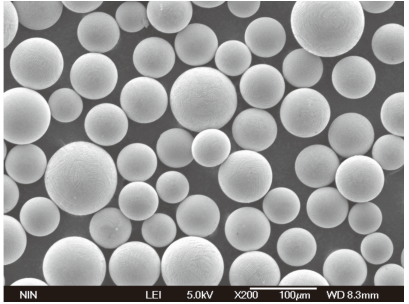
Metal Tozlarının Türleri ve Özellikleri
Farklı metal tozları, her biri benzersiz özelliklere ve uygulamalara sahip farklı amaçlara hizmet eder. İşte bazı yaygın türlerin bir dökümü:
| Metal Tozu | Kompozisyon | Mülkler | Uygulamalar |
|---|---|---|---|
| Alüminyum | Saf Al veya Al alaşımları | Hafif, korozyona dayanıklı | Havacılık bileşenleri, otomotiv parçaları |
| Bakır | Saf Cu veya Cu alaşımları | Yüksek iletkenlik, süneklik | Elektrik kontakları, ısı alıcıları |
| Titanyum | Saf Ti veya Ti alaşımları | Yüksek mukavemetli, biyouyumlu | Tıbbi implantlar, havacılık ve uzay yapıları |
| Demir | Saf Fe veya Fe alaşımları | Manyetik, güçlü | Makine parçaları, otomotiv bileşenleri |
| Nikel | Saf Ni veya Ni alaşımları | Korozyona dayanıklı, sağlam | Türbin kanatları, bataryalar |
| Paslanmaz Çelik | Demir, Krom, Nikel | Korozyona dayanıklı, güçlü | Mutfak eşyaları, tıbbi aletler |
| Kobalt-Krom | Kobalt, Krom | Aşınmaya dayanıklı, güçlü | Diş implantları, kesici aletler |
| Tungsten | Saf W veya W alaşımları | Yüksek erime noktası, yoğun | Filamentler, radyasyon kalkanı |
| Çinko | Saf Zn veya Zn alaşımları | Düşük erime noktalı, sünek | Galvanizleme, kalıp döküm |
| Gümüş | Saf Ag veya Ag alaşımları | Yüksek iletkenlik, antimikrobiyal | Elektronik, tıbbi cihazlar |
Toz Yapma Ekipmanı Teknolojisinin Bileşimi ve Özellikleri
Kompozisyon
Bileşimi toz yapma eki̇pmani teknoloji̇si̇ çeşitli gelişmiş makineler ve süreçler içerir:
- Atomizörler: Metal tozları oluşturmak için kullanılan gaz ve su atomizörleri.
- Bilyalı Değirmenler: Metal tozlarının mekanik alaşımlanması ve öğütülmesi için.
- İndirgeme Fırınları: Metal oksitleri saf metal tozlarına indirgemek için kimyasal işlemlerde kullanılır.
- Sınıflandırıcılar: Tozları boyutlarına göre ayırmak için kullanılan ekipman.
- Sinterleme Fırınları: Toz özelliklerini geliştirmek için ısıl işlem için kullanılır.
Özellikler
- Hassasiyet: Hassas partikül boyutu ve dağılımına sahip tozlar üretebilme.
- Ölçeklenebilirlik: Ekipman, büyük miktarlarda toz üretmek için ölçeklendirilebilir.
- Çok Yönlülük: Çok çeşitli metaller ve alaşımlar için uygundur.
- Verimlilik: Yüksek üretim oranları ve düşük enerji tüketimi.
- Kalite Kontrol: Tutarlı kaliteyi sağlamak için gelişmiş izleme sistemleri.
Toz Yapma Ekipmanı Teknolojisi Uygulamaları
Toz üretim teknolojisi çeşitli endüstrilerin ayrılmaz bir parçasıdır. İşte bazı temel uygulamalar:
| Endüstri | Uygulamalar |
|---|---|
| Havacılık ve Uzay | Türbin kanatları, yapısal bileşenler |
| Otomotiv | Motor parçaları, şanzıman bileşenleri |
| Tıbbi | İmplantlar, protezler, cerrahi aletler |
| Elektronik | İletken mürekkepler, piller, devre bileşenleri |
| Üretim | 3B baskı, katmanlı imalat |
| Kaplamalar | Koruyucu kaplamalar, dekoratif yüzeyler |
| Enerji | Yakıt pilleri, güneş panelleri, nükleer reaktörler |
| Tüketim Malları | Mücevherat, mutfak eşyaları, aletler |
| Savunma | Mühimmat, zırh, hassas silahlar |
| Endüstriyel Ekipmanlar | Makine parçaları, kesici takımlar, aşınmaya dayanıklı yüzeyler |
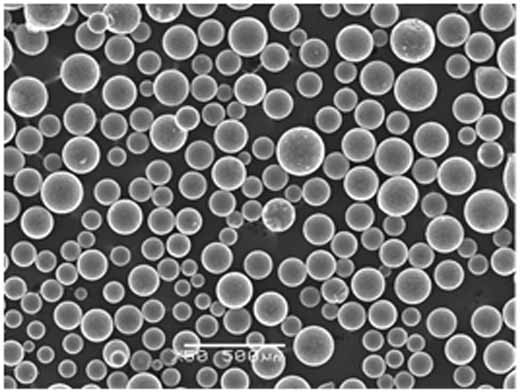
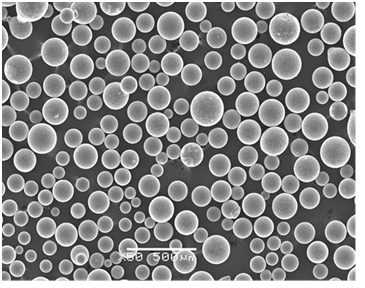
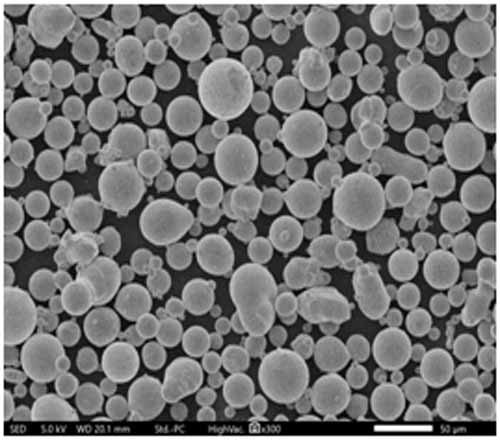
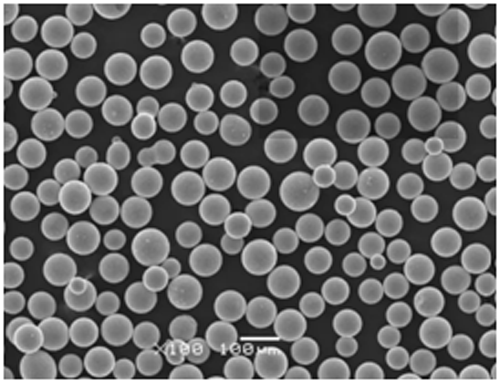
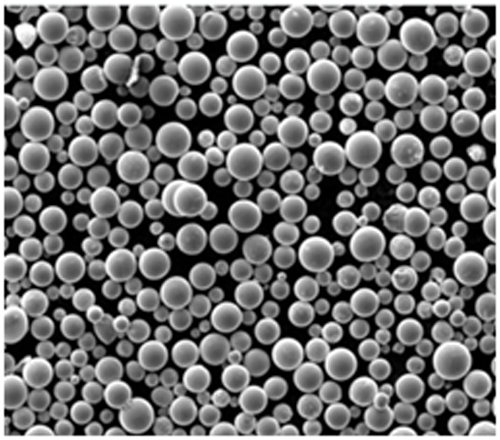
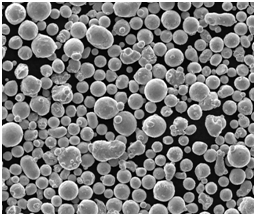
Spesifikasyonlar, Boyutlar, Kaliteler ve Standartlar
Özellikler ve Boyutlar
Farklı metal tozları, çeşitli uygulamalar için özel olarak tasarlanmış belirli özelliklere ve boyut aralıklarına sahiptir:
| Metal Tozu | Parçacık Boyutu (µm) | Saflık (%) | Şekil |
|---|---|---|---|
| Alüminyum | 10-45 | 99.5 | Küresel |
| Bakır | 20-63 | 99.9 | Küresel |
| Titanyum | 15-45 | 99.5 | Düzensiz |
| Demir | 10-75 | 99.8 | Küresel |
| Nikel | 10-50 | 99.9 | Küresel |
| Paslanmaz Çelik | 15-45 | 99.7 | Düzensiz |
| Kobalt-Krom | 10-30 | 99.8 | Küresel |
| Tungsten | 5-20 | 99.9 | Küresel |
| Çinko | 20-63 | 99.5 | Düzensiz |
| Gümüş | 5-25 | 99.99 | Küresel |
Notlar ve Standartlar
Farklı endüstriler, metal tozları için özel kaliteler ve standartlar gerektirir:
| Standart | Açıklama |
|---|---|
| ASTM B928 | Alüminyum Alaşımları Şartnamesi |
| AMS 4998 | Katmanlı İmalat İçin Titanyum Alaşımlı Toz |
| ISO 4497 | Metalik Tozlar – Parçacık Boyutunun Tayini |
| ASTM B330 | Metal Tozlarının Parçacık Boyutu Dağılımı İçin Test Yöntemi |
| ISO 3923 | Metalik Tozlar – Görünür Yoğunluğun Tayini |
| ASTM F2924 | Katmanlı İmalat Titanyum Alaşımları Standardı |
| ISO 3252 | Toz Metalurjisi Sözlüğü |
| ASTM B214 | Metal Tozlarının Elek Analizi İçin Test Yöntemi |
Tedarikçiler ve Fiyatlandırma Detayları
Metal tozları tedarikine gelince, doğru tedarikçileri ve fiyatlandırmalarını bilmek her şeyi değiştirebilir:
| Tedarikçi | Konum | Metal Tozları | Fiyatlandırma (kg başına) |
|---|---|---|---|
| Gelişmiş Tozlar | ABD | Alüminyum, Titanyum, Demir | $50 – $150 |
| Metal Tech International | Almanya | Bakır, Nikel, Çinko | $60 – $200 |
| Powders Inc. | BIRLEŞIK KRALLIK | Paslanmaz Çelik, Gümüş | $70 – $250 |
| Global Powder Co. | Çin | Tungsten, Kobalt-Krom | $80 – $300 |
| Industrial Metalworks | Japonya | Alüminyum, Demir, Bakır | $55 – $170 |
| Hassas Tozlar | Hindistan | Nikel, Titanyum, Çinko | $65 – $220 |
| Universal Metals | Kanada | Kobalt-Krom, Gümüş | $75 – $270 |
Karşılaştırma Artıları ve Eksileri Toz Yapma Ekipmanı Teknolojisi
Toz yapma ekipmanlarını değerlendirirken, artıları ve eksileri tartmak önemlidir:
| Aspect | Avantajlar | Sınırlamalar |
|---|---|---|
| Atomizasyon | Yüksek saflıkta tozlar, tek tip boyut | Yüksek ilk kurulum maliyeti |
| Mekanik Alaşımlama | Benzersiz alaşım bileşimleri üretebilir | Kapsamlı öğütme süresi gerektirir |
| Kimyasal Süreçler | Yüksek saflık, belirli toz özellikleri | Karmaşık işleme, güvenlik endişeleri |
| Sınıflandırma | Tek tip parçacık boyutu sağlar | Ek işleme adımı |
| Isıl İşlem | Toz özelliklerini geliştirir | Enerji yoğun |
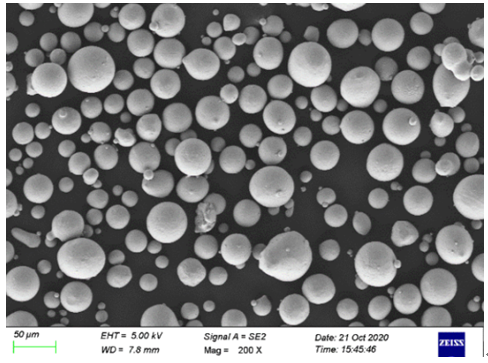
SSS
Nedir bu? toz yapma eki̇pmani teknoloji̇si̇?
Toz yapma ekipmanları teknolojisi, endüstriyel uygulamalar için ince metal tozları üretmek için kullanılan çeşitli yöntemleri ve makineleri içerir. Bu yöntemler arasında atomizasyon, mekanik alaşımlama ve kimyasal işlemler bulunur.
Yaygın olarak kullanılan metal tozu türleri nelerdir?
Yaygın metal tozu türleri arasında alüminyum, bakır, titanyum, demir, nikel, paslanmaz çelik, kobalt-krom, tungsten, çinko ve gümüş bulunur. Her türün kendine özgü özellikleri ve uygulamaları vardır.
Hangi endüstriler metal tozları kullanır?
Havacılık, otomotiv, tıp, elektronik, imalat, kaplama, enerji, tüketim malları, savunma ve endüstriyel ekipman gibi endüstriler metal tozları kullanır.
Toz yapma ekipmanları teknolojisini kullanmanın avantajları nelerdir?
Avantajları arasında yüksek hassasiyet, ölçeklenebilirlik, çok yönlülük, verimlilik ve kalite kontrolü bulunur. Bu faydalar, çeşitli uygulamalar için yüksek kaliteli tozlar üretmeye uygun hale getirir.
Doğru metal tozu tedarikçisini nasıl seçerim?
Konum, sunulan metal tozu türleri, fiyatlandırma ve tedarikçi itibarı gibi faktörleri göz önünde bulundurun. Bu kriterlere göre tedarikçileri karşılaştırmak, ihtiyaçlarınız için en uygun olanı bulmanıza yardımcı olacaktır.
Sonuç
Toz yapma ekipmanları teknolojisi, çok sayıda endüstride geniş uygulamalara sahip dinamik ve temel bir alandır. Havacılıktan tıbbi cihazlara kadar, metal tozlarının hassasiyeti ve çok yönlülüğü, modern imalatta kritik bir rol oynamaktadır.
